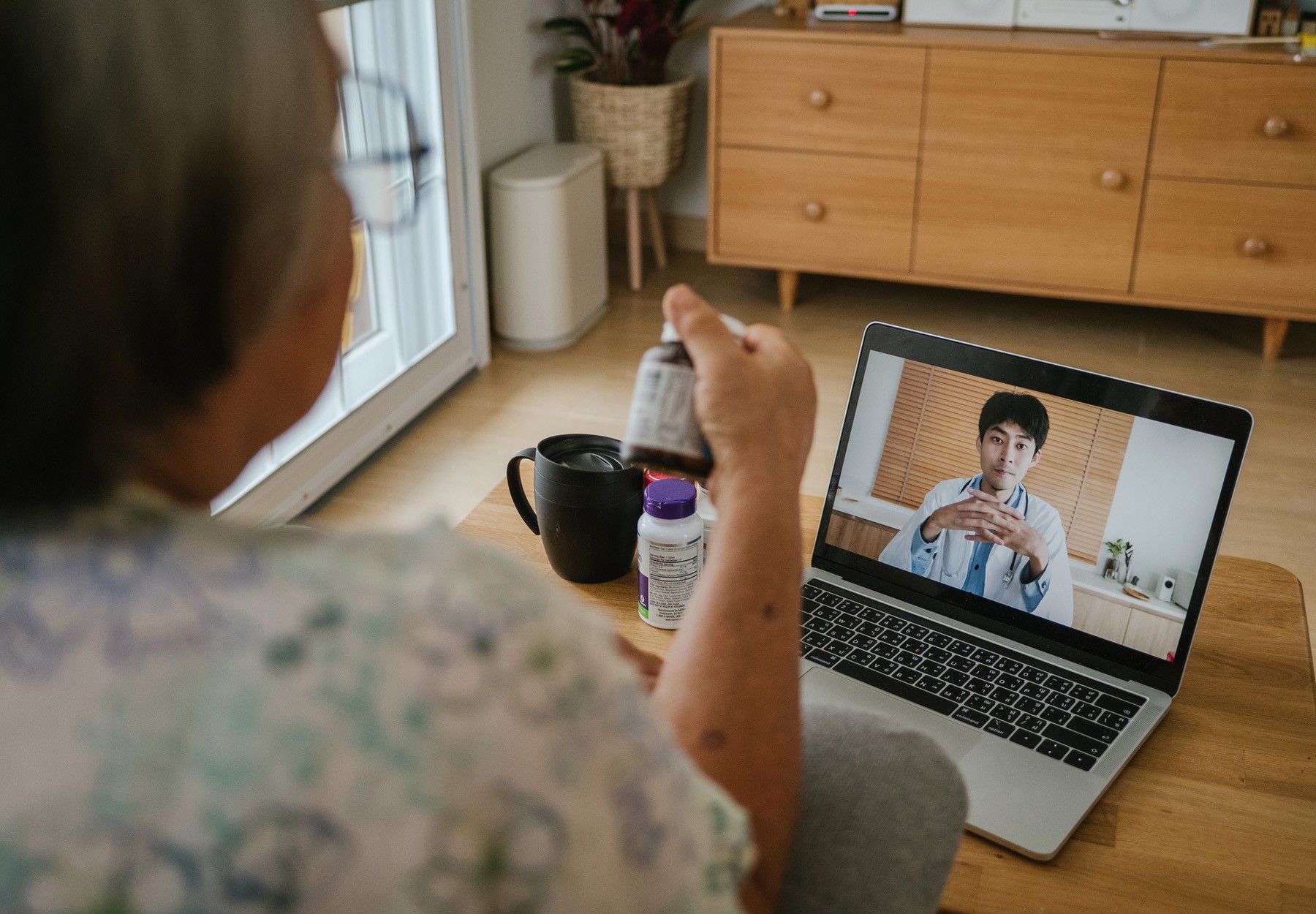Telehealth Encounters Lead to More Follow-Ups than In-Person Visits
Recent study suggests those being treated for acute conditions are likelier to schedule follow-up appointments after telehealth visits.

New evidence suggests that concerns about telehealth reducing utilization of laboratory testing are misplaced. Patients being treated for acute conditions are more likely to schedule follow-up appointments after telehealth visits than after in-person appointments. At least, that is the finding of a new study published in JAMA Network Open.
How Has Telehealth Changed Health Care?
The COVID-19 pandemic lockdowns and expanded coverage rules resulted in an unprecedented surge in utilization of telehealth services in the US. However, while there are several studies documenting the dimensions of the surge, few have evaluated how telehealth has affected care outcomes.
With that in mind, researchers from Johns Hopkins University, Blue Cross and Blue Shield Licensee Blue Health Intelligence, and the Boston-based Digital Medicine Society set out to look at what happens after the initial telehealth encounter in an ambulatory setting, as compared to what happens after the first in-person visit.
The cohort study considers the activity of 40 million patients between 2019 before the pandemic began, and 2020, the pandemic year in which the telehealth surge occurred. Over that two-year period, telehealth as the percentage of all ambulatory encounters rose from 0.6 percent in 2019 to 14.1 percent in 2020. The researchers focused on the follow-up activity that occurred within 14 days after the initial visit, whether virtual or in-person.
The Study Findings
Acute care patients whose initial encounter was via telehealth were more likely to go on to have a follow-up appointment than individuals whose first encounter was in-person. They also evaluated the data by specialty. Follow-up encounters after an index telehealth encounter were significantly more common for acute respiratory infections. Thus, for example, 23.3 percent of the first encounter appointments for acute bronchitis patients were through telehealth. Among this group, the odds ratio of a follow-up encounter was 1.23, as compared to 1.0 for patients whose first visit was in-person. For acute pharyngitis patients, the odds ratio of a follow-up after an initial telehealth visit was 1.46, versus 1.0 for in-person patients.
However, the pattern was much less pronounced for follow-up visits involving other types of acute conditions. The fact that symptoms of respiratory infections are similar to those of COVID-19 may be one of the reasons that the rate of follow-up visits after an initial telehealth encounter was higher for this group, the researchers suggest.
Moreover, follow-up care after an initial telehealth encounter for a chronic, as opposed to acute condition, was actually less frequent than after an in-person encounter for the same condition.
However, the results were different for chronic conditions, with follow-up rates for initial telehealth visits largely mirroring follow-up rates after in-person visits. In fact, the odds of a follow-up appointment were actually slightly lower.
Consistent with the findings of other studies, the researchers also found that utilization varied significantly over the study period. During the initial period after the outbreak, March to June 2020, in-person ambulatory encounter rates plunged precipitously while telehealth encounters moved in the other direction. But the initial adjustment period was followed by continuity during the second half of 2020, as clinicians and patients adapted to the new conditions. By the end of June, the increase in telehealth encounters fully offset the corresponding decrease in in-person office encounters.
Takeaway
The JAMA study is the most recent suggesting that telehealth has not had a negative impact on health care quality or utilization. Two recent examples:
- A study published in JCO Oncology Practice found that cancer patient readmission rates after telehealth postoperative visits were similar to those after in-person visits and that there were no differences in 90-day mortality and length of readmission stays between the two groups; and
- A study published in the Journal of the American Heart Association found that heart failure readmissions after telehealth and in-person follow-up appointments were roughly the same and that telehealth reduced 30-day readmission rates at a similar rate to in-person care.
Subscribe to Clinical Diagnostics Insider to view
Start a Free Trial for immediate access to this article